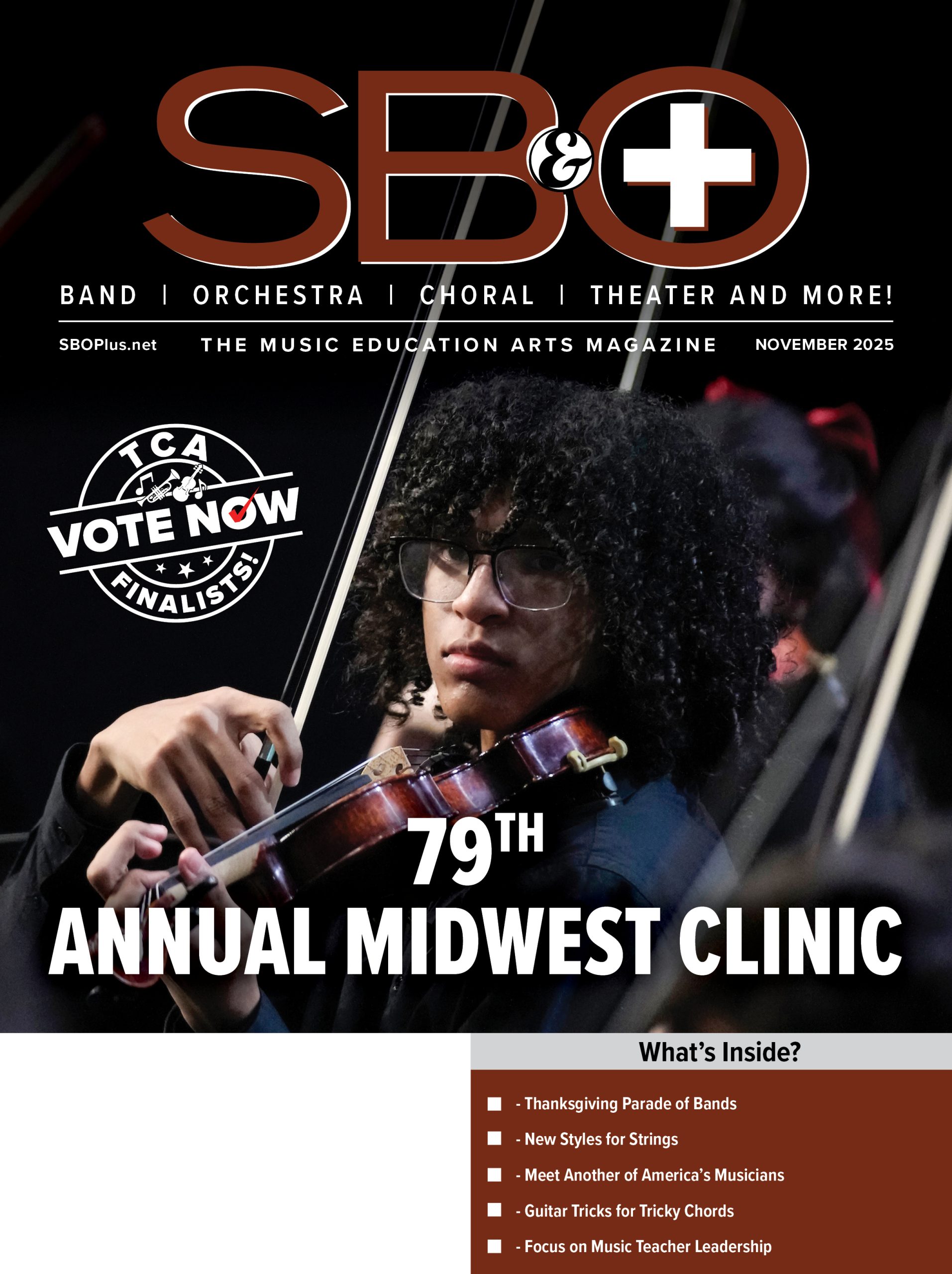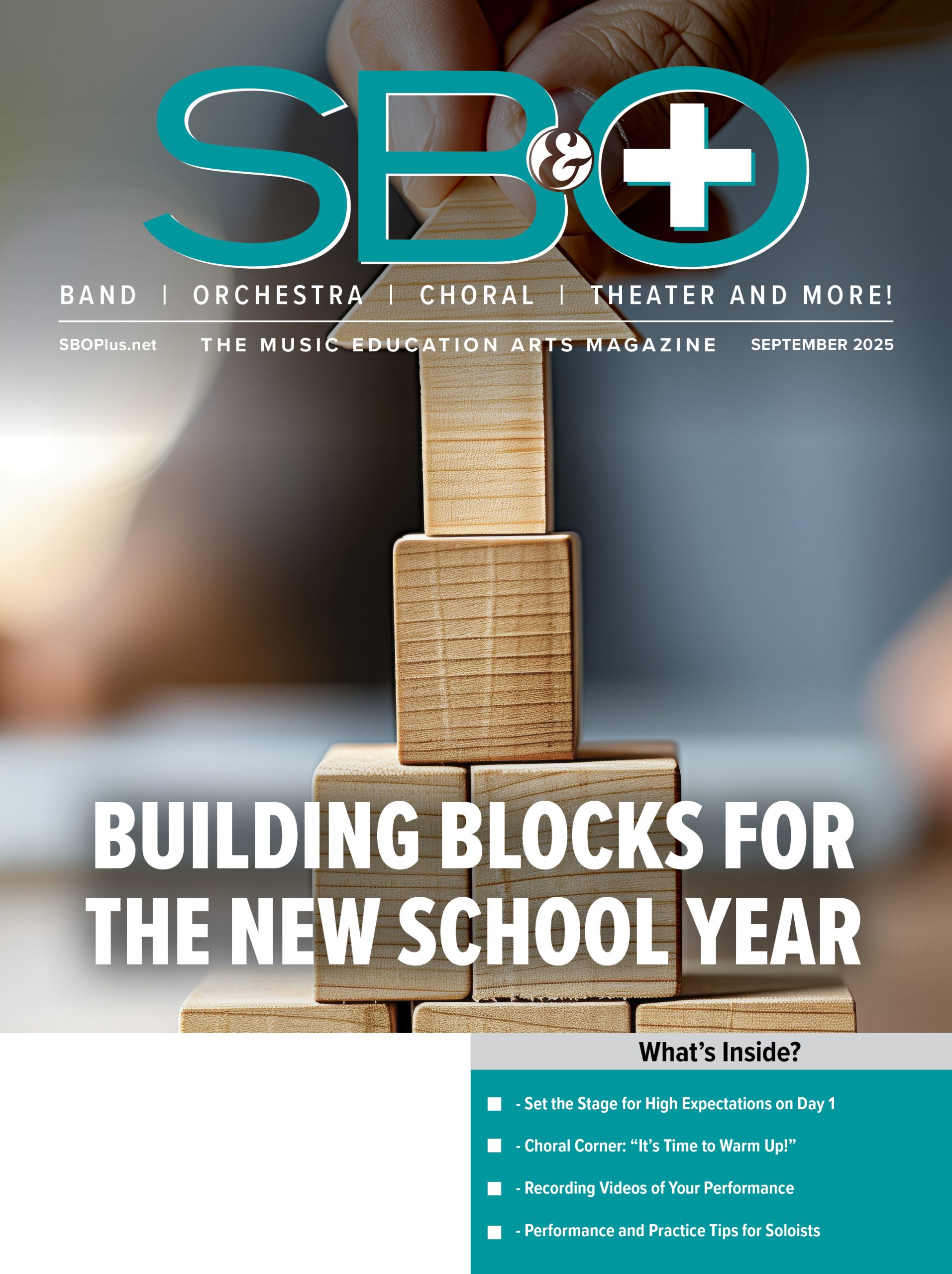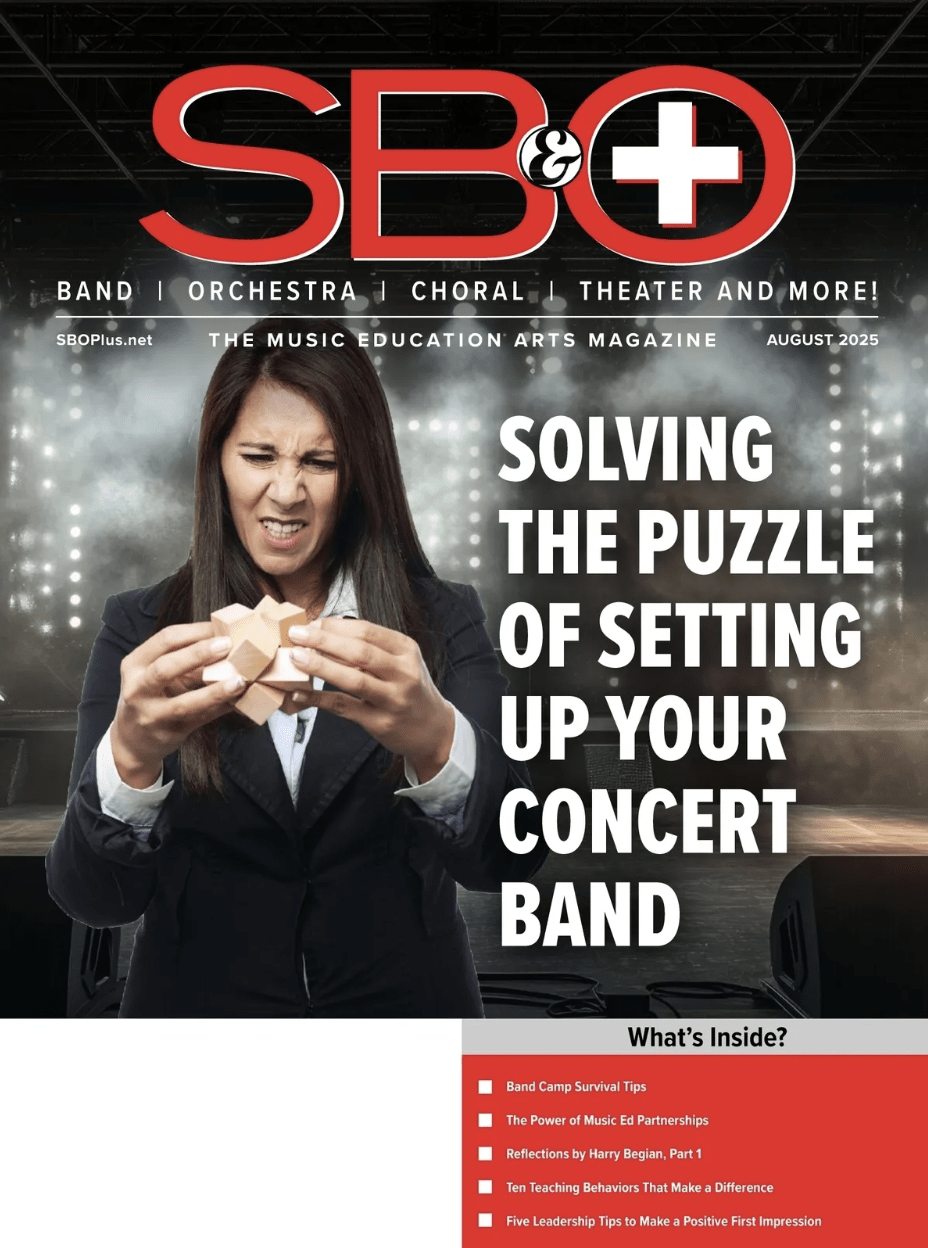 Upbeats are one of the most important parts of rhythm yet time and again they create havoc in our performances. The concept is so simple that most teachers think that the upbeats will fix themselves with time and/or they don’t want to take the time to deal with such a simple concept that seems to have very few solutions.
Upbeats are one of the most important parts of rhythm yet time and again they create havoc in our performances. The concept is so simple that most teachers think that the upbeats will fix themselves with time and/or they don’t want to take the time to deal with such a simple concept that seems to have very few solutions.
Upbeats are very difficult to play accurately. There can be no room for error because the upbeat sets the tempo by cutting the beat in half. Playing every upbeat in a series without inflection consistently is comparable to hitting a bull’s-eye 100 times in a row! Once we add in performing against other rhythms, dealing with slightly different tempos, rushing/dragging, marching coordination etc., the performer has real problems to contend with. One out of place upbeat can place doubts in every other player’s mind within the ensemble not to mention the audience.
Let’s start by finding the upbeat. Many times I start out by introducing one upbeat at a time while marching in place.
Say the name of the foot aloud while clapping the upbeat. e.g., Left-hit-Right or Left-hit-Right-hit-Left etc.

I also use a concept mentioned in some teaching method books that describes the motion of when a performer taps his/her foot: the downbeat is when the foot hits the floor and the upbeat is when the foot is at its maximum height. Using the foot does not work for me as a teacher or performer because I don’t have an indicator/sound for the highest point (which is the upbeat). However, if I place my left hand (palm facing the floor) about 6” above my right hand (palm facing the floor) and then tap my leg with the right hand when it reaches the top it hits the left hand and therefore I “hear” the upbeat. I have named this “Hand Technique #1.”

Play “Hand Technique #1,” tap your foot, sing the rhythms. Note: you can really hear where the upbeat falls within the rhythm.
Adding a sixteenth note sound with a metronome will establish a groove and will help define the upbeats even further.
Now try it with these sixteenth note based rhythms:

You can also use a short melodic clip:

Another enlightening exercise is to have one group of students play downbeats and after a short while have another group play upbeats. Obviously, if the downbeats are quarter notes when the upbeats are added it should sound like a fluid series of eighth notes. This is much more difficult than it seems. Again, upbeats are easy to conceptualize but difficult to perform. Try this last exercise with everyone’s eyes closed so that they can use 100 percent of their focus to listen to the other performers.
Another variation could be:
a. play a recording
b. tap the downbeats with you hand and foot
c. using “Hand Technique No.1” sing the upbeats
d. turn down the music volume for 10 seconds but continue to play e. turn up the volume and see how close you are to the tempo
f. while using “Hand Technique No.1” sing a rhythm from the song g. while using “Hand Technique No.1” sing a counter rhythm
During performances the audience does not want to hear the tapping of feet because it detracts from the musical intent of the performance. Since we will have taken away the aural aspect that the performer has grown accustomed to we/they must reinforce and solidify the downbeat-upbeat relationship many times during rehearsals. Don’t underestimate how long this transfer of knowledge will take.
How many times have we seen a performance when the foot seems to play every rhythm except the downbeat. Control of pulse must be consistently reinforced. Using a metronome is a good way to keep track of the tempo however playing to music makes the whole process much more fun. The playlist site jog.fm was created for runners and cyclists who want to keep a steady pace and it lists songs that go with certain tempos. It is a great resource for you and your students to use.
Upbeats have a tendency to lead to the next downbeat and by using this aspect we can make the music sound defined and check that we are lining up with the downbeat at the same time. Even though this way of interpretation is not always appropriate, it will provide another variation for you to utilize.

Another fun variation is to play a simple melody and/or solo and set the metronome on quarter notes but you now think of those bleeps as the upbeat. You will be surprised as to how difficult it is to play to this at first but once you have conquered this concept the melody will really groove and stay in tempo.

Upbeats are very elusive but once they are solidified the music is going to fit together and groove like you have always wanted.
Kevin Lepper is the retired director of applied studies and professor of percussion at VanderCook College of Music in Chicago, Illinois. He has numerous published percussion works and has written/taught for a range of settings including drum corps, symphonic, marching band and TV/radio commercials.




























